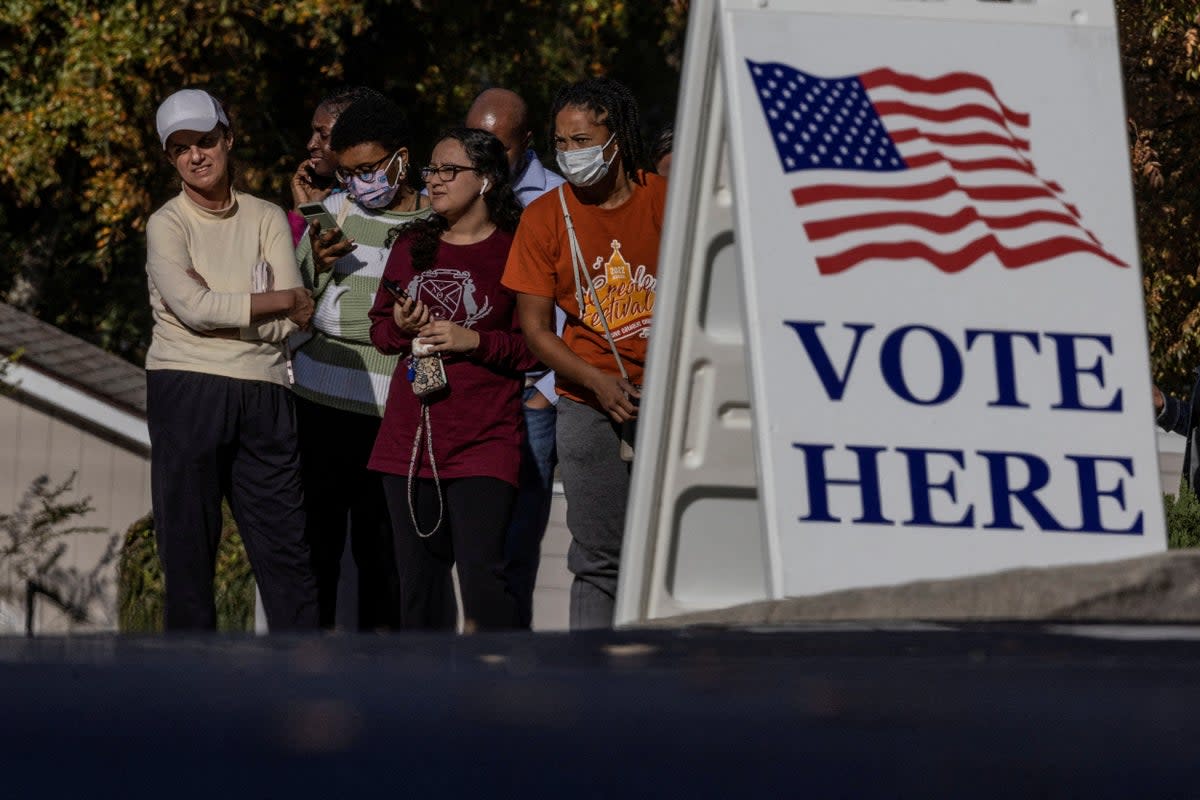Can you vote in the midterm elections as an independent? What you need to know

Political analysts are predicting another heavy turnout for the midterms this year, with 72 per cent of registered voters saying they are "extremely" or "very" motivated to vote this year.
While Democrats and Republicans will no doubt turn out to the polls in high numbers, some independent voters may not be aware that they can vote in the midterms.
The reason for the confusion may come from the fact that many states do not allow independents to vote in primary elections, where parties choose who will represent them in races decided in the midterms and general elections.
Which states have closed primaries?
Arizona, Connecticut, Delaware, Florida, Hawaii, Kentucky, Maine, Maryland, Nevada, New Jersey, New Mexico, New York, Oregon and Pennsylvania all have closed primaries, meaning only those registered with a specific party can vote in those elections.
In some states, which includes Alaska, California, Idaho, Nebraska, North Dakota, Oklahoma, South Dakota, Utah, and Washington, Democrats have amended their rules to allow independents to vote in their primaries.
Primary restrictions do not carry over to the midterms, which are open to everyone, regardless of their affiliation.
What must an independent voter do to cast a ballot?
In order for an independent voter to cast a ballot, they need only be registered to vote and ensure they do so by the state’s registration deadline. Some states allow for same-day registration. Those states are California, Colorado, Connecticut, the district of Columbia, Hawaii, Idaho, Illinois, Iowa, Maine, Maryland, Michigan, Minnesota, Nevada, New Hampshire, Utah, Vermont, Washington, Wisconsin, and Wyoming.
Voters can find a list of requirements by state and can check on their registration status on vote.gov.
The midterms generally decide which political party will control Congress for the next two years. Other races will determine state governors, secretaries of state, as well as regional and local positions like state legislators and school board members.

